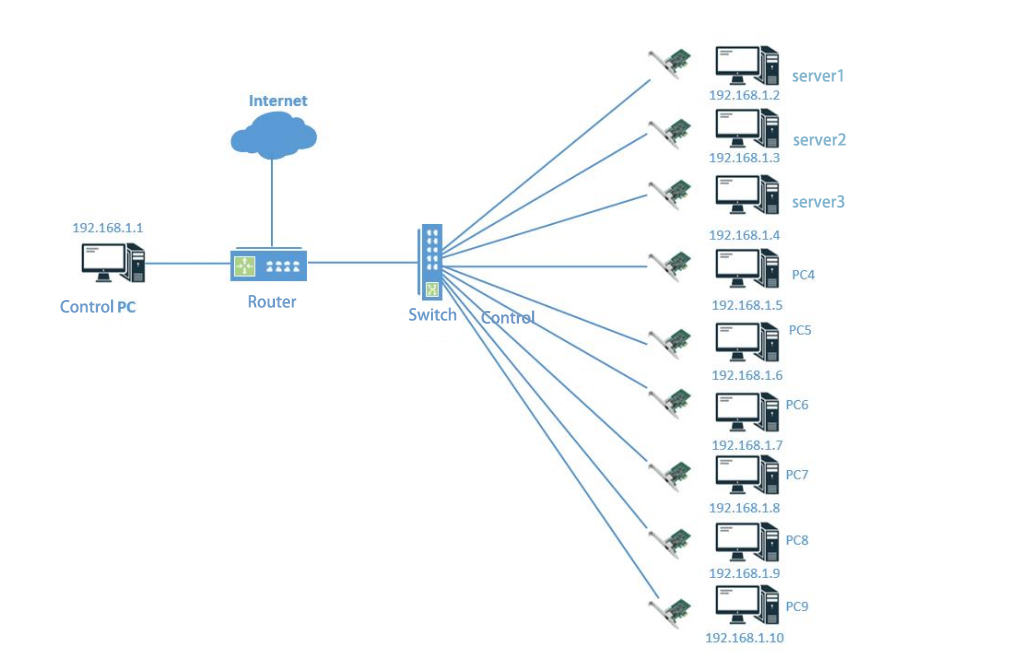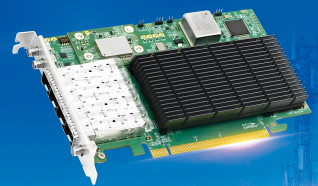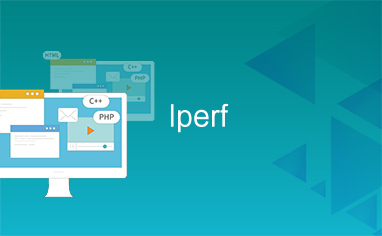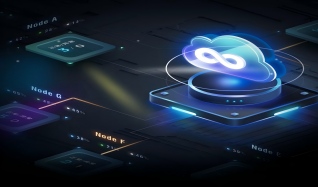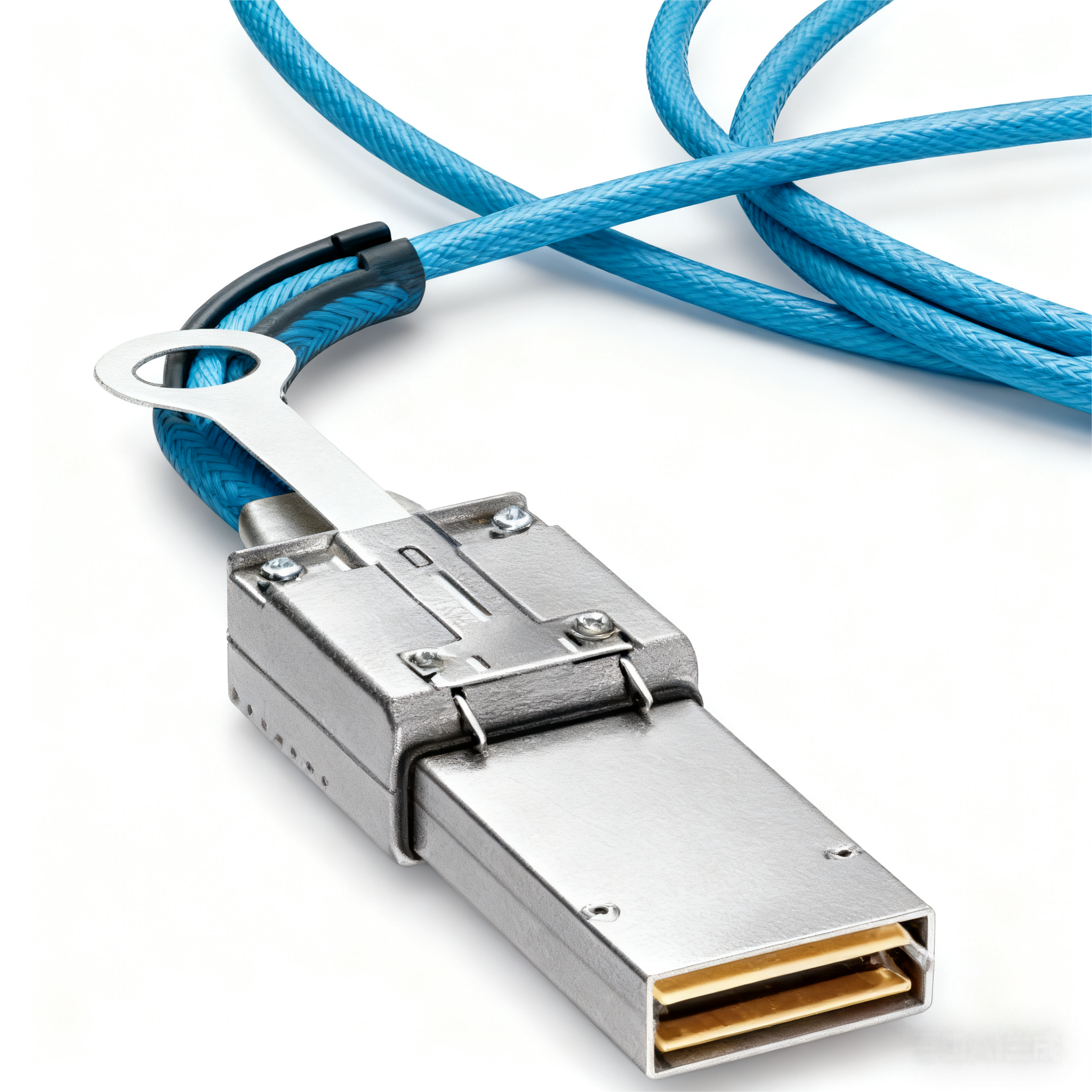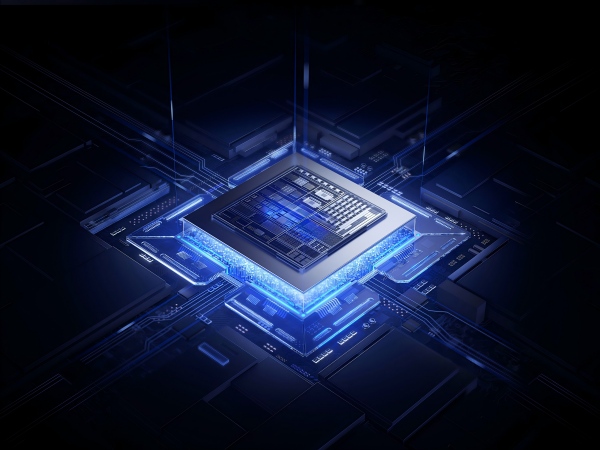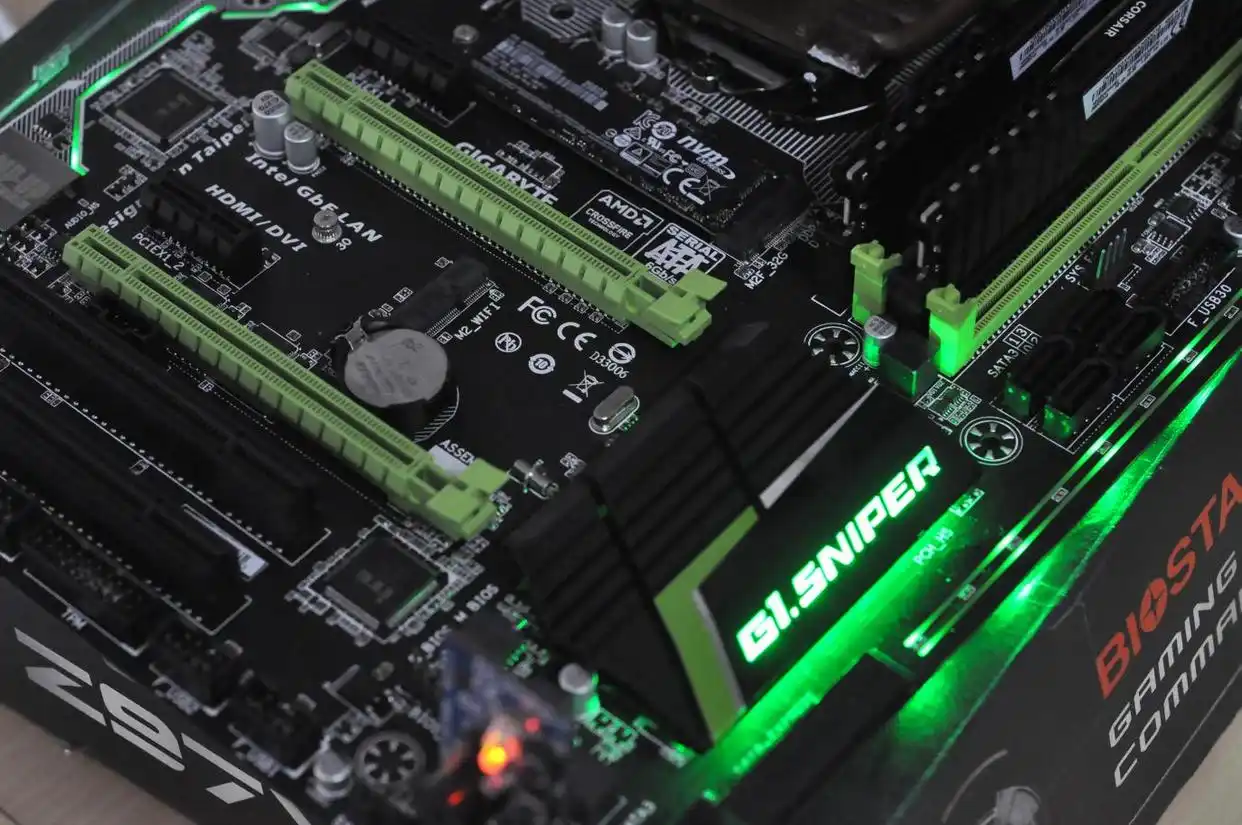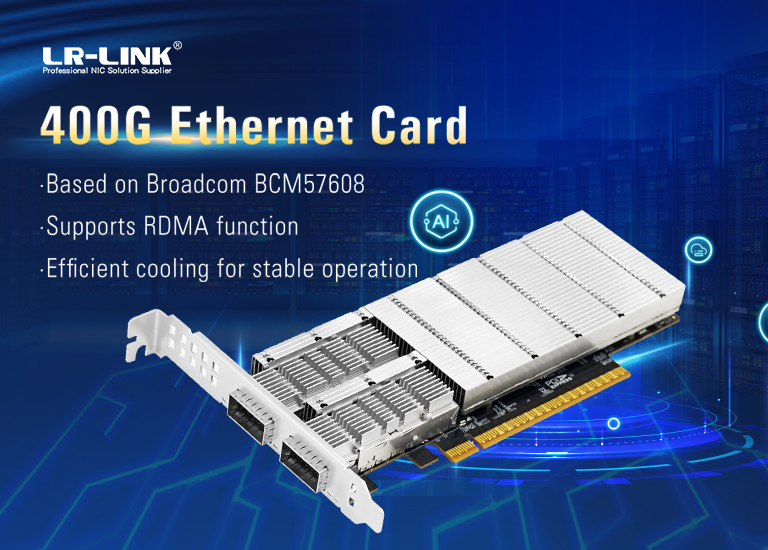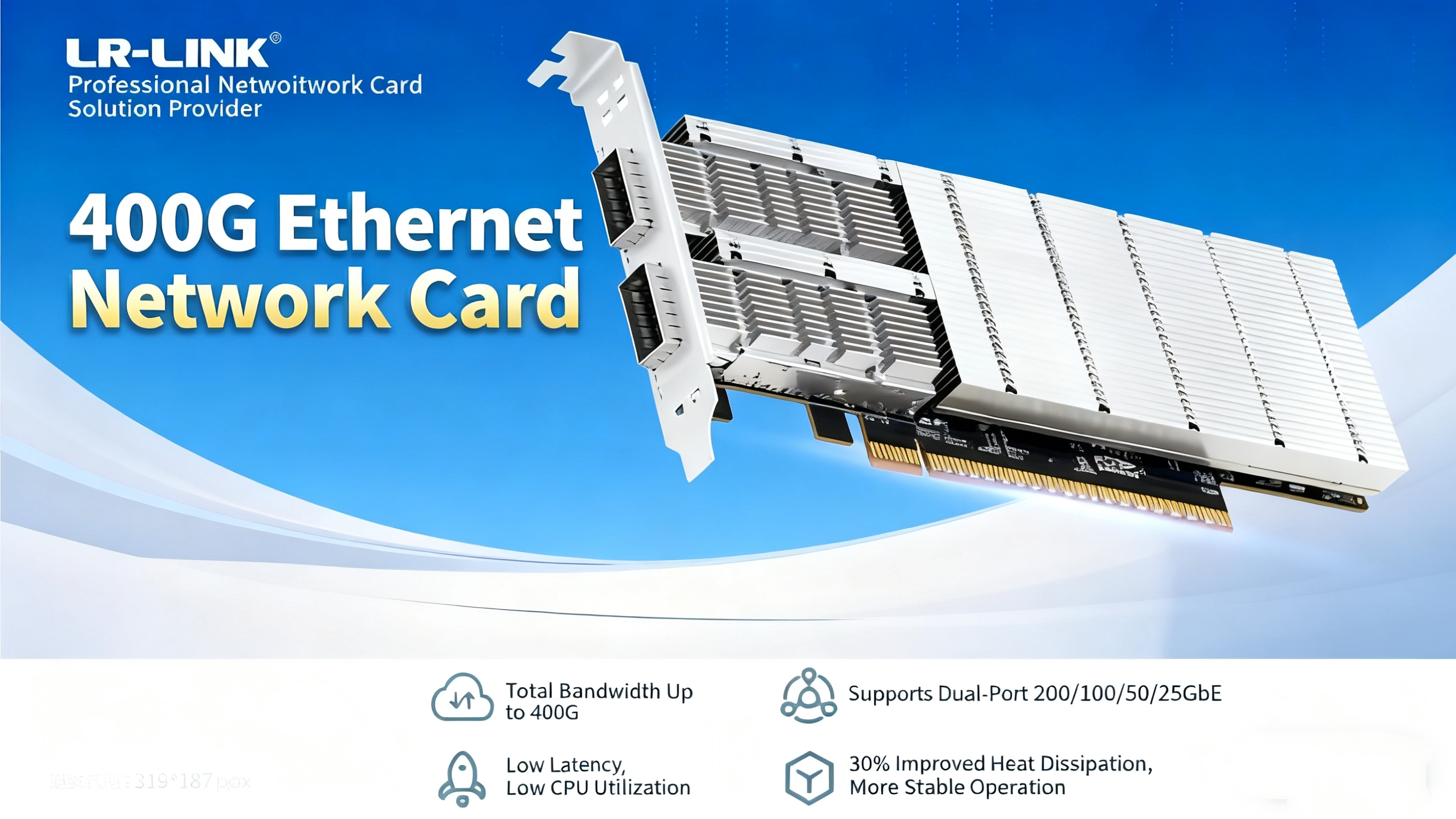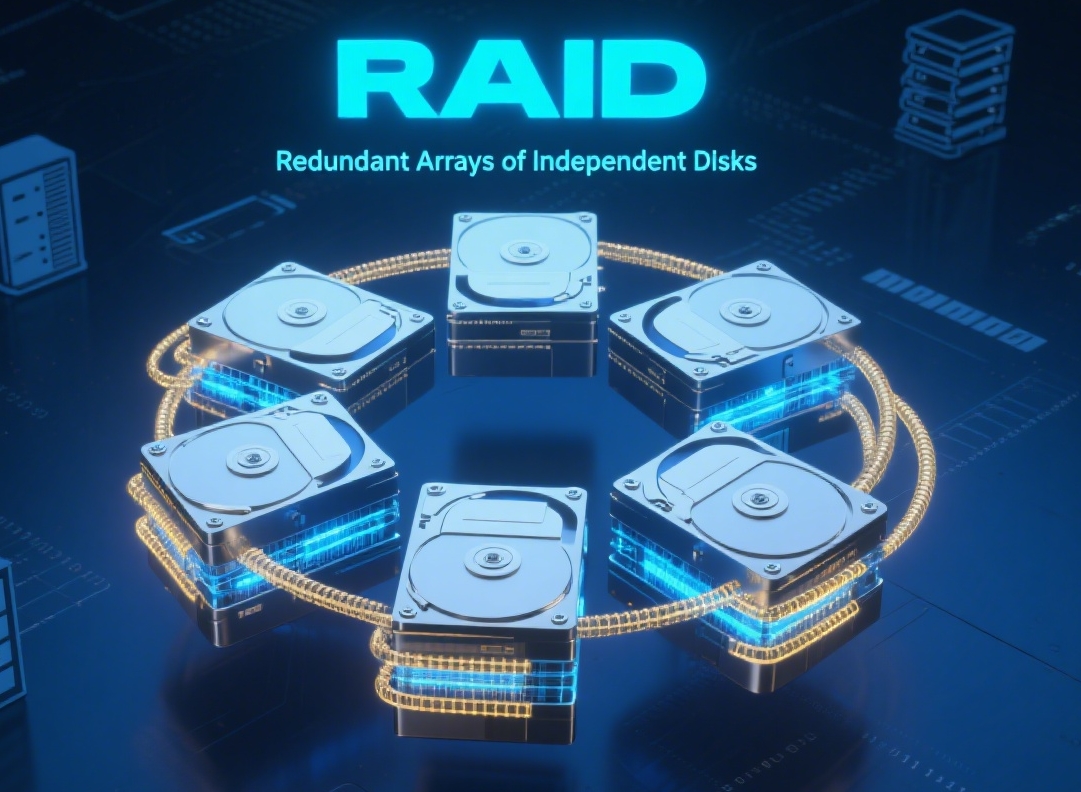2025.09.30
Introduction to PCIe: Versions 3.0, 4.0, 5.0 and Their Differences
Computer hardware components each fulfill their specific roles, while the PCIe interface acts as a highway connecting memory, hard drives, networks, and the CPU. PCIe, short for Peripheral Component Interconnect Express, is a high-speed serial computer expansion bus standard primarily responsible for connecting various internal hardware components. Compared to the traditional PCI bus, PCIe employs a point-to-point bidirectional communication standard, significantly boosting bandwidth, reducing latency, and enabling more efficient and seamless data exchange between hardware components.
View details

